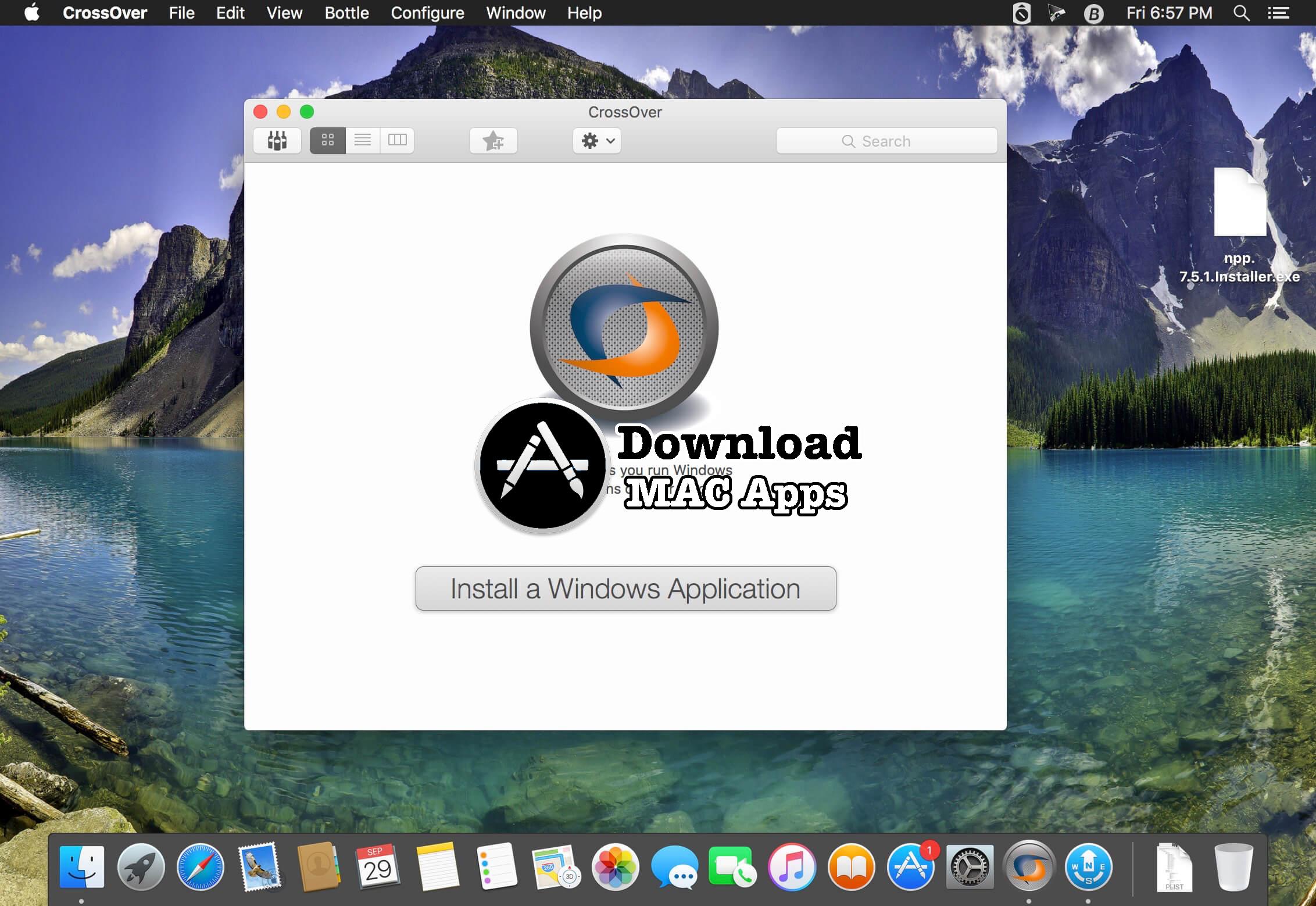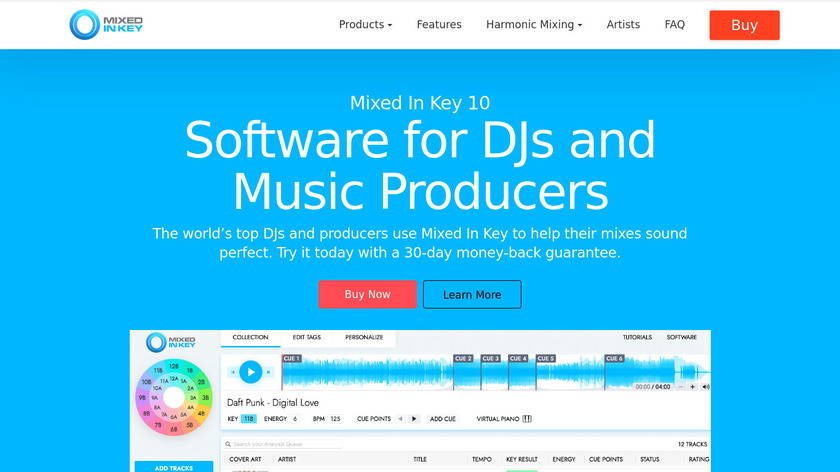
"This means that at the point when your body is shouting 'STOP', the music has the power to lift your mood and beckon you on. This is why your choice of music for exercise has important implications for how likely you are to stick to a New Year exercise regime." More than 6.7 million playlists where studies before these 16 made it to the final playlist. Dr Costas Karageorghis said, Costas Karageorghis, Deputy Head (Research) of the School of Sport and Education at Brunel University in the UK, to compile an "ultimate workout playlist". Just in case you can't be bothered to make your own workout playlist from scratch, scientists have made one for you. But Windows has BPM Counter by AbyssMedia, which is a good freeware to analyze the BPM of all yours songs. I couldn't find a reliable free alternative on Mac OS X. It's a good app to pay for too, if you want analysis in the future.

Since BeaTunes is free for two weeks, you can get your entire library analyzed quickly this way. Your library will be automatically updated, and the BPM will be added to your music's ID3 tags. Set Algorithm to "OnsetPeak" and Range to "Automatic".Ĭlick "Analyze", which will switch to the "Analysis" tab and run it. In the pop-up box that appears, check boxes for "Estimate BPM", "Replace Existing BPM", "Use online resource" (and make sure your Internet connection is active). Right-click on selected songs and click "Analyze".

Once BeaTunes loads your music library, select the songs you want to get the BPM for. If using iTunes, make sure you have enabled "Share iTunes Library XML with other applications" in Menu > Preferences > Advanced.

Start the program and point BeaTunes to your music folder or iTunes Library. It's a free 2-week trial, after which it costs $34.95.

Scientists have been studying music and its impact on humans for some time. Ever heard Eye of the Tiger and not felt pumped up?


 0 kommentar(er)
0 kommentar(er)
